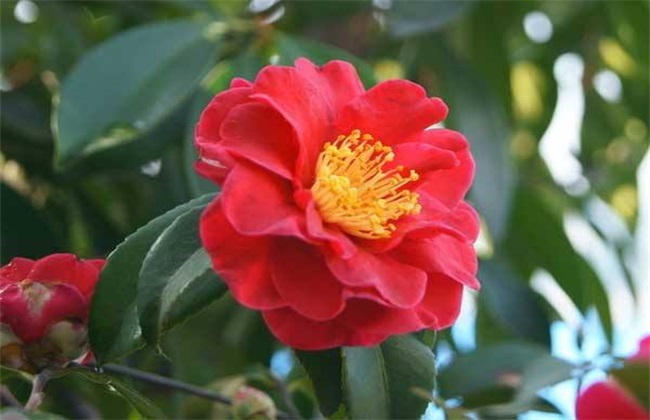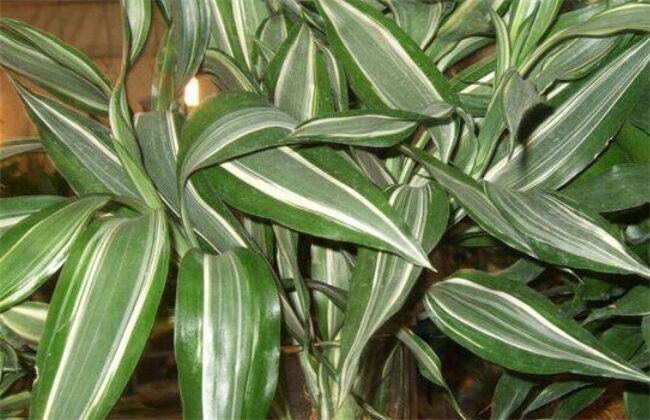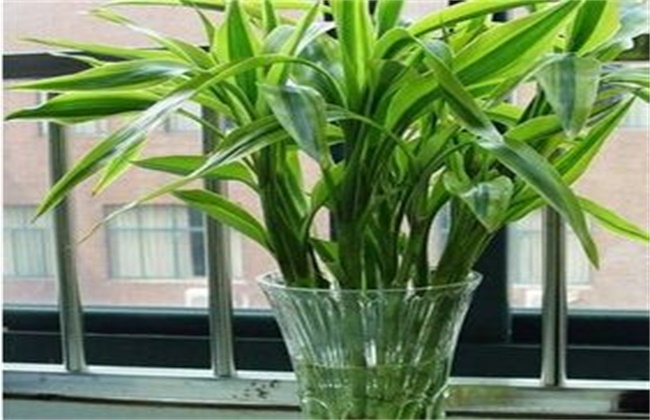Conservation technology of camellias
Camellia, also known as camellia, common wild white flowers, but production and cultivation used in the garden, there are safflower, there are a variety of colors, as well as double. Therefore, it is widely used in gardens. The cultivated camellias are dwarf shrubs and small trees. Therefore, the maintenance work after planting is different, and the specific maintenance situation will be introduced in detail next.

1. Saplings
In general, small trees are planted directly, and adult trees are transplanted. after directly sowing and raising seedlings, it is actually easier to take root, because the root growth ability of young seedlings is relatively strong. After planting, you should build a sunshade net, and then water it once every two days to keep it moist and rooting. After a month of rooting and planting, you can apply fertilizer once and restore the growth potential. In the future, if there is no yellowing of leaves, there is no need to apply fertilizer.
2. Mature trees
When transplanting adult trees, some trees that have grown and even flowered should pay special attention to shading, watering, and hanging water bottles directly if possible. The soil should be fluffy, not sticky. Also set up brackets to maintain upright growth, and tie straw hoops on tree trunks in winter to protect against the cold. Some areas are getting cold in autumn, so you should pay special attention to it. You can also paint it white. Generally do not transplant when flowering, if transplanting when flowering can get rid of all flowers. It takes a long time to recover, so it should be maintained for a long time.
3. Potted plants
Generally, there are dwarf plants that can be cultivated in pots, there are large and small potted plants, potted plants, the growth space is limited, the root growth may be rolled up, the absorption and growth is not good. Therefore, watering and fertilization is the key to pot conservation. Watering a small number of times, can not accumulate water, can not be watered at high temperature, can not use plastic pots, and finally use large tile pots. Grow to a certain extent to change the basin, strive for growth space, the soil should be replaced, and then use the preparation of humus hand sand loam. Fertilization can be mainly used in cooking and fermentation such as peanut shells.
4. Growth requirements
Camellias like to grow in acidic soil, like sunshine, like high terrain, moist soil, and cool climate. If the soil is rich and loose sandy loam. Wild camellia is common in places with a lot of humus. It takes a temperature of 20 to 30 degrees, and the high temperature can turn the leaves yellow. Artificial cultivation uses peat, sawdust and humus.
The maintenance of camellias is mainly determined by different tree shapes and cultivation methods, which is generally to strive to achieve the most suitable growth environment for camellias. Only then can the camellias grow well. General camellias require sandy loam, humus nutrition and cool environment.
Related
- Fuxing push coffee new agricultural production and marketing class: lack of small-scale processing plants
- Jujube rice field leisure farm deep ploughing Yilan for five years to create a space for organic food and play
- Nongyu Farm-A trial of organic papaya for brave women with advanced technology
- Four points for attention in the prevention and control of diseases and insect pests of edible fungi
- How to add nutrient solution to Edible Fungi
- Is there any good way to control edible fungus mites?
- Open Inoculation Technology of Edible Fungi
- Is there any clever way to use fertilizer for edible fungus in winter?
- What agents are used to kill the pathogens of edible fungi in the mushroom shed?
- Rapid drying of Edible Fungi



